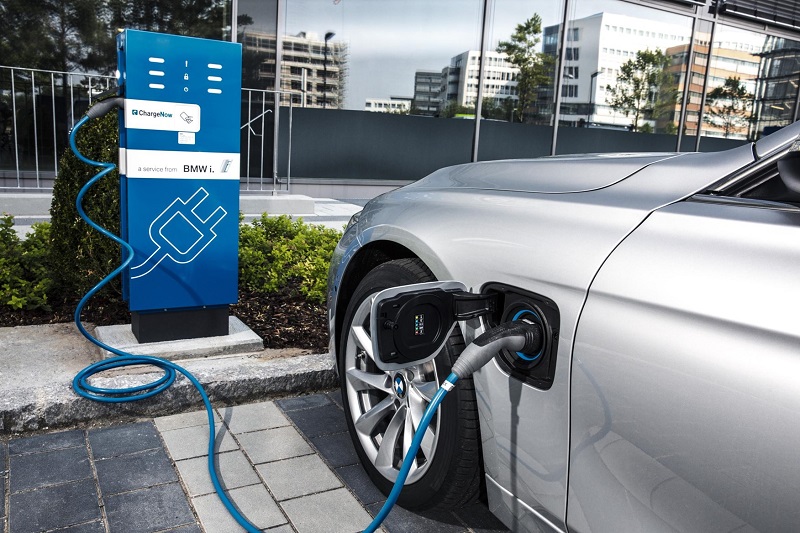Plug-in hybrid vehicles are today the most effective solution offered by the energy transition in transport. They combine a thermal engine normally of gasoline and at the same time another of electric type to reduce the consumption of fuel of the thermal or to be able to move in via urban without emitting any class of polluting gas.
What are the advantages of Plug-in hybrid vehicles?
This type of vehicle has the advantage that it can take advantage of the maximum of its electrical energy accumulated in its batteries. It is enough to be connected to the home network for a few hours and from there it has its electric autonomy, which clearly exceeds that of non- Plug-in hybrid vehicles thanks to more efficient batteries. They can offer up to 50 kilometers of operation in electric mode, with one caveat, that the driving speed should be moderate.
Notable gas savings
In our daily routine, it is normally not necessary to use the thermal engine of this type of vehicle and we only need the electric mode. If the vehicle is preloaded or during the workday at work or in a car park, we have sufficient autonomy in most cases.
In case of driving by road, you need to use the heat engine, if we have a charged battery it will be beneficial for the electric motor to reduce by a considerable amount (up to half even), the cost of gasoline.
What happens if we forget to charge the battery? That the heat engine will have to work a lot more when having to move a high weight, which includes the batteries and the hybrid system.
A higher battery time
In order for the maintenance of vehicle’s battery to have a longer life, it is advisable to have it always charged very close to its maximum capacity, since a low level of energy is clearly harmful and generates internal oxidation, thus reducing its storage life.
One fact to keep in mind is that the battery of the Plug-in hybrid vehicles is recharged equally with the devices for harnessing the energy. This happens thanks to the forces caused when braking or to the inertia of the vehicle when rolling, which convert this energy into electricity and ensure a minimum charge of the battery.
Reduction of polluting gas emissions
The more electrical charge the battery has, the less CO2 and NOx emissions the vehicle will produce during its travel and will be released into the atmosphere. Most of these types of Plug-in hybrid vehicles include a function that measures the efficiency of driving, in addition to teaching them to drive them correctly for greater energy use, whether electric, thermal or a combination of both.
A significant disadvantage when using the thermal mode is, its continued use will cause a greater energy expenditure and in turn will generate greater emissions of polluting gases.
Discover your services near you
If you need services, you should go to have experts in electric mobility and recharging electric Plug-in hybrid vehicles with years of experience in the sector. in addition to having a high degree of specialization with a team of professionals. You should also ensure who perform installations in all types of locations, whether private or public: residential, work centers or public roads, among others.


